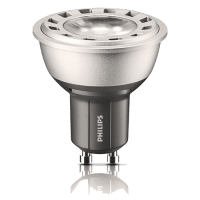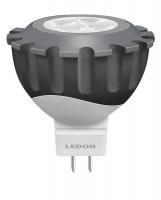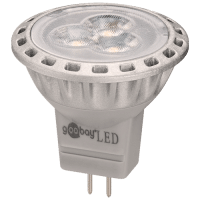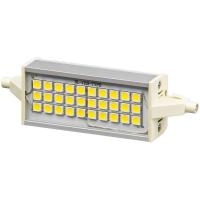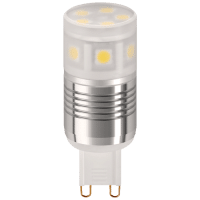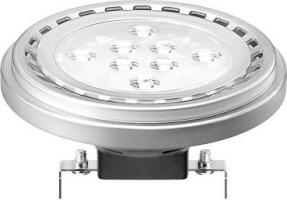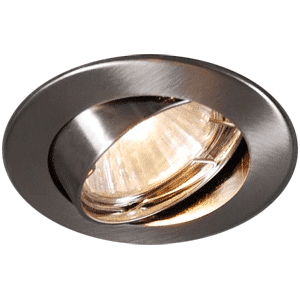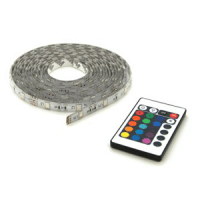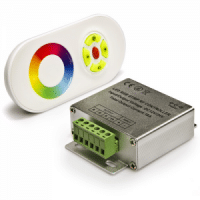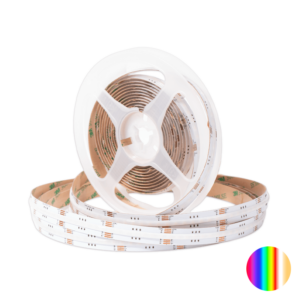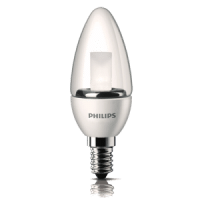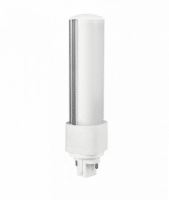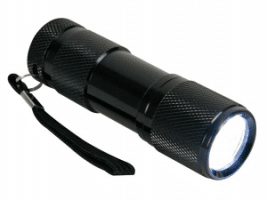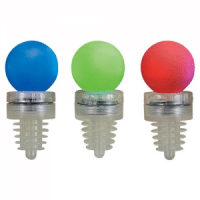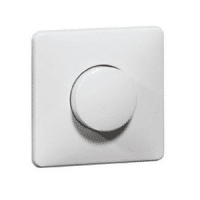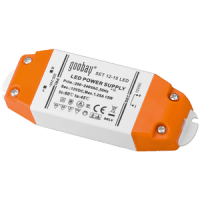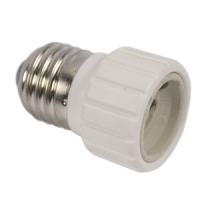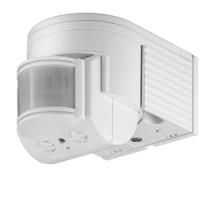There are two primary methodologies in use for dimming LEDs: Pulse Width Modulation (PWM) and Constant Current Reduction (CCR). Each has its own pros and cons as shown below.
Pulse Width Modulation
- Allows deep dimming.
- Higher flicker risk.
- Typically lower cost.
Constant Current Reduction
- Difficult to achieve deep dimming.
- Lower flicker risk.
- Better system efficacy in some cases.
PWM Systems
- In PWM systems, the LED(s) are turned on and off very quickly. At full light output, the LED is on and never turns off.
- At 50% of light output, the LED is on half the time and off half the time. To dim the light to any given level, you simply change the ratio of time on and time off.
- If the speed of switching on and off (frequency) is high enough, the human eye won’t see the switching.

CCR Systems
- In CCR systems, the current to the LED(s) is increased or decreased. Because LEDs are current driven, the light output changes. As current is decreased, the light output decreases.
- To dim the light to any given level, you simply reduce the current being applied to the LEDs.
- LEDs sources do not all behave the same, and therefore, at low dim levels performance can be inconsistent.


